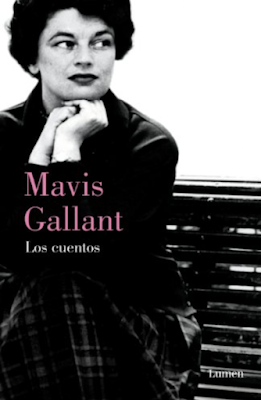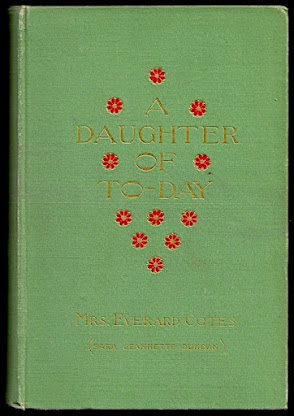Frances Shelley Wees
Winnipeg: Harlequin, 1949
192 pages
The prologue is frozen solid. This takes the form of a brief conversation between the head of Scotland Yard's Criminal Investigations Department and one of his detectives. Apparently, a man known as "the Angel" is up to something in a place known as "Lost House." The detective is dispatched to see what's what:
He rose. "Very well, sir, I'll have a go at it."
Harlequin's cover reminds me of nothing so much as Garnett Weston's Legacy of Fear (New York: W S Mill/William Morrow, 1950), which also features a grand house in a remote corner British Columbia.
Interesting to note, I think, that both pre-date Psycho.
The mysterious D. Rickard is credited with Harlequin's cover art. I make a thing of his rendition because Rickard's Lost House isn't at all as described in the novel. Wees's Lost House rests on a walled island linked to the mainland by causeway and drawbridge. An immense structure, an exact replica of an English country manor, it was built by an eccentric Englishman who sought to further his wealth through a local silver mine. The mine proved a dud, the Englishman died, and all was inherited by Pamela Leighton's mother. Improbably, Mrs Leighton manages to maintain the estate by taking in paying guests during the summer months. This year, they include:
- James Herrod Payne, novelist;
- Shane Meredith, tenor;
- Archdeacon Branscombe, archdeacon;
- Lord Geoffrey Revel, lord.
(That Lost House has an infirmary speaks to its immensity. That Lost House staff and guests are close in number speaks to Mrs Leighton's financial difficulties.)
There are also four female guests, Lord Geoffrey's mother being one, but it's the males that command our scrutiny; after all, we know the Angel to be a man.
As the novel approaches mid-point, Pamela apologies to David. "I've dragged you into a dreadful mess," she says. "I've spoiled your holiday..."
This isn't true; David's involvement has nothing to do with her. He's at Lost House because the body he found by the lake turns out to be that of a missing Lost House staff member.
"You've been smoking a tremendous lot." Her eyes were on the big ash tray before her."Yes."
"I like Verves," she decided, looking at the tray. "Not as much as you do, apparently... I don't smoke very much though. But when one is a bit tired, a Verve seems to give one exhilaration. Doesn't it?"
"Yes," David said after a moment, "I... think it does.""You say that very strangely."
"Do I ?" He shifted in his chair. "perhaps I'm a little lightheaded. I've sat here and smoked twenty of them in a row, and they do give one exhilaration. That's... the way they're advertised, of course. But other cigarettes, other things, have been advertised that way, too. Only... this time... and the whole world is smoking Verves. They've caught on extremely well. The whole world."She said, troubled, "You are queer.""Sorry." He crushed out the cigarette carefully and locked his hands together.
Dope? Sure.
Pamela's mother often appears in a lacy negligee, though only before her daughter. Is Mrs Leighton the the other doll?
Lost House is not "a fashionable British Columbia retreat for wealthy guests from all over the world;" it is nowhere so exotic, attracting only the dullest the English have to offer.
*In fairness, as a romance novel, No Pattern for Life doesn't fit the Ricochet series. I recommend it as a strange romance.
Trivia II: Like Wees, David is a graduate of the University of Alberta. He and his father practice medicine at the University Hospital, Edmonton.
 |
| University Hospital, Edmonton, Alberta, c. 1938 |
As of this writing, one jacketless copy of the Macrae-Smith edition is being offered online. Price: US$50.00. I'm not sure it's worth it, but do note that the image provided by the bookseller features boards with yellow writing. I believe orange/red (above) to be more common.
The Whitchurch-Stouffville Public Library doesn't hold a single edition of Frances Shelley Wees's twenty-four books.























